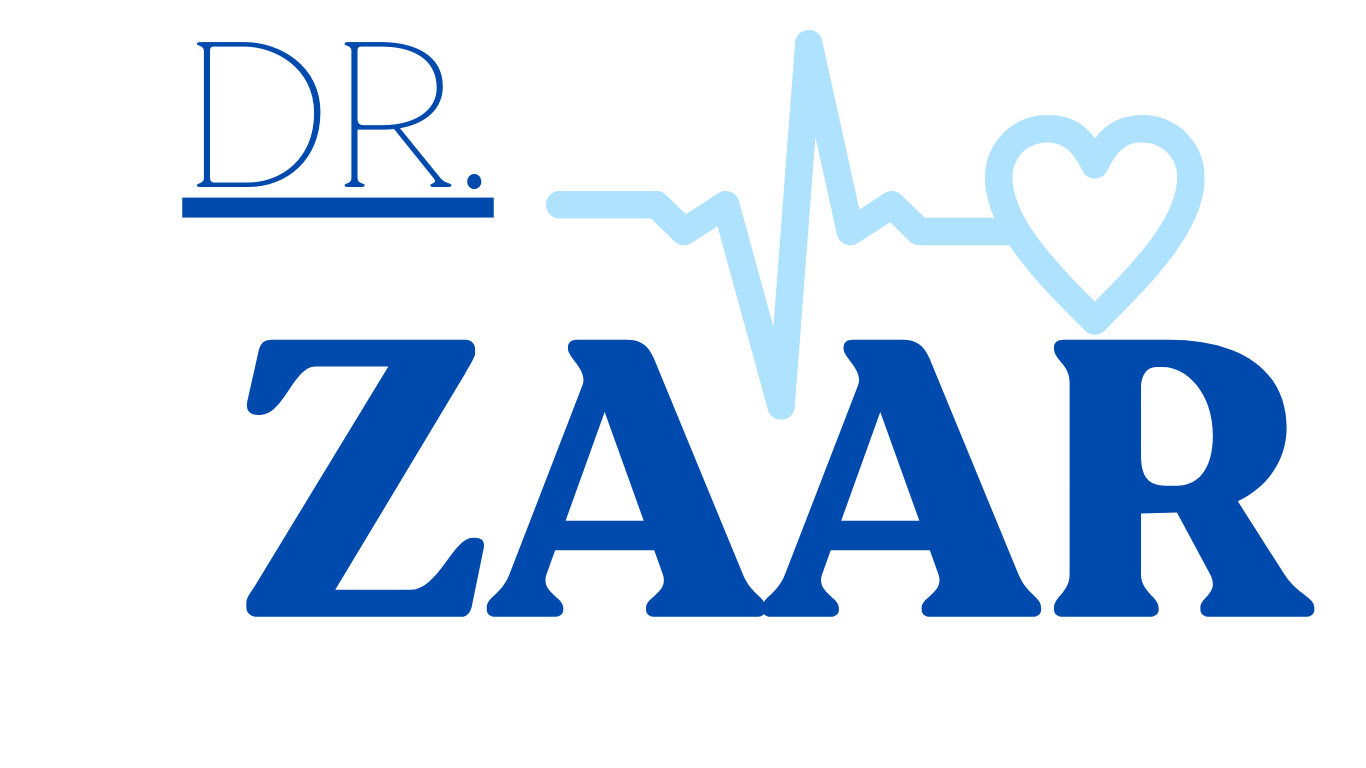Implications of Uroguanylin in Growth Hormone Deficiency: A Novel Pathway
Introduction:
Growth Hormone Deficiency (GHD) is a medical condition characterized by insufficient production of growth hormone (GH) by the pituitary gland. While traditional understanding focuses on the regulation of GH by hypothalamic hormones, recent research suggests a novel pathway involving uroguanylin. This article explores the implications of uroguanylin in GHD, shedding light on the potential therapeutic avenues and the broader implications for endocrinology.
Understanding Uroguanylin:
Uroguanylin is a peptide hormone primarily known for its role in the regulation of electrolyte and fluid balance in the gastrointestinal tract. It is produced in the small intestine and acts as an agonist for the guanylate cyclase-C (GC-C) receptor. The activation of GC-C leads to the generation of cyclic guanosine monophosphate (cGMP), which in turn regulates ion transport and fluid secretion.
The link between uroguanylin and GH:
Recent studies have uncovered an unexpected connection between uroguanylin and GH regulation. Researchers have found that uroguanylin and its receptor GC-C are expressed not only in the gastrointestinal tract but also in the hypothalamus and pituitary gland. This discovery raises intriguing questions about the potential involvement of uroguanylin in the intricate regulatory network governing GH secretion.
Uroguanylin’s Role in Hypothalamic-Pituitary Axis:
The hypothalamic-pituitary axis plays a central role in regulating GH secretion. The hypothalamus releases growth hormone-releasing hormone (GHRH), which stimulates the pituitary gland to release GH. Conversely, somatostatin inhibits GH release. Uroguanylin’s presence in the hypothalamus suggests a potential influence on these regulatory pathways.
Mechanism of Action:
The specific mechanism through which uroguanylin affects GH regulation is still under investigation. One hypothesis is that uroguanylin may modulate the release of GHRH and somatostatin from the hypothalamus, impacting the overall balance of GH secretion. Alternatively, uroguanylin may directly affect GH-producing cells in the pituitary gland.
Clinical Implications:
Understanding the role of uroguanylin in GHD has significant clinical implications. Current therapeutic approaches for GHD involve the administration of exogenous GH. If uroguanylin’s involvement is confirmed, it could open up new avenues for targeted therapies. Modulating the uroguanylin-GC-C pathway may offer a more nuanced and precise method of regulating GH secretion.
Potential Therapeutic Targets:
Pharmaceutical companies are already exploring the development of drugs targeting the uroguanylin-GC-C pathway for gastrointestinal disorders. The implications for GHD treatment add a new layer of interest to these endeavors. Drugs that enhance or inhibit uroguanylin’s actions could potentially be used to fine-tune GH secretion in patients with GHD.
Challenges and Future Directions:
While the emerging evidence is promising, there are challenges in fully elucidating the role of uroguanylin in GHD. Further research is needed to understand the specific mechanisms, interactions, and potential side effects of modulating the uroguanylin-GC-C pathway. Long-term studies are essential to establish the safety and efficacy of any therapeutic interventions targeting this novel pathway.
Conclusion:
The discovery of uroguanylin’s involvement in GH regulation presents a paradigm shift in our understanding of GHD. This novel pathway opens up exciting possibilities for developing targeted and personalized treatments for individuals with GHD. As research in this field progresses, the potential implications of uroguanylin may extend beyond endocrinology, influencing our broader understanding of hormonal regulation in the body.
How do I increase leptin and.
Leptin, widely recognized as the “satiety hormone,” plays a critical role in regulating appetite and energy balance. Produced by fat.
Read MoreAdiponectin and the Metabolic Mayhem of.
Imagine a tightrope walker delicately balancing on a thin cord, their every step carefully measured to maintain equilibrium. In the.
Read More